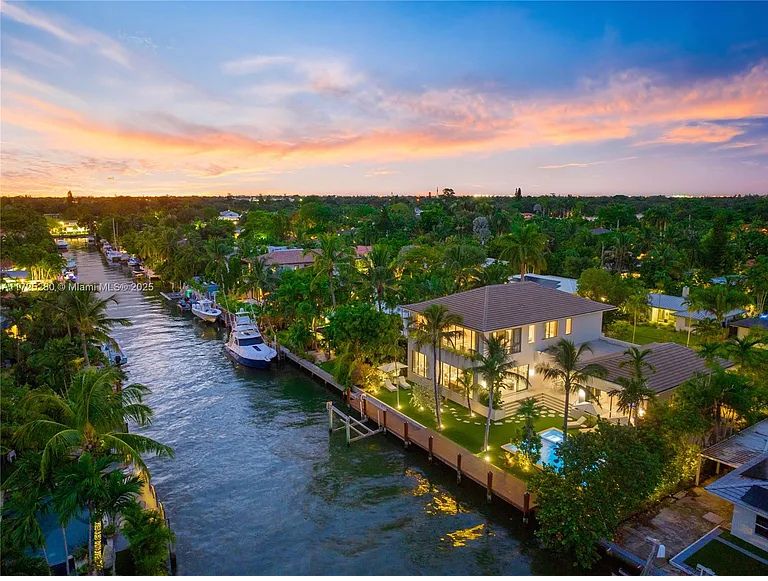As years of red-hot inflation finally cool—falling from a forty year high of 9.1 percent annual rate in 2022 to 2.4 percent this year—the Federal Reserve felt comfortable enough September to lower the target federal funds rate by .5 percent and then by a further .25 percent on November 7.
Of course, pockets of uncertainty remain: Thanks to a variety of factors, for example, mortgage rates for single-family home buyers actually ticked slightly higher in October. Despite all this, however, further reductions appear baked in the cake—even if disagreement about the size and timing of future cuts remain a matter of public debate among Fed policymakers. (For what it’s worth, after the November 7 .25 cut, the Federal Open Market Committee guidance, according to Forbes, “implies there would be another 0.25% interest rate cut this year, followed by an additional 1% worth of rate cuts in 2025 and a subsequent 0.5% in 2026.”
So, considering all this, how can investors navigate today’s shifting multifamily market in the most effective, profitable way possible?
Based on our experience as a nationwide balance private lending company providing bespoke solutions for capital needs—from fix and flips to construction to refinances to acquisitions and beyond—we’ve drawn up the below roadmap to your multifamily housing future. (Learn more about our game-changing products here.)
1. Build Your Strategy Around Today. The low rates of five years ago, when a 30-year fixed-rate mortgage dropped below four percent, and, especially, pandemic-ravaged 2021, when the same rate cratered to 2.65 percent, are unlikely to be seen again anytime soon. “I think the new normal is maybe 6% mortgage rate,” National Association of Realtors Chief Economist Lawrence Yun told NPR. “If we are lucky, maybe we get to a 5.5% mortgage rate. Or if we are unlucky, maybe the mortgage rate trends back up towards 7%.”
As a result of that “new normal,” many who would be seeking to purchase a single-family home six years ago are now instead becoming long-term renters. “In 2022, one in six, or 16.6%, of renters lived in their homes for 10 years or more, an increase from 13.9% a decade earlier,” AJ Fabino writes in YahooFinance. “During the same time, home prices have doubled and increased nearly 50% from five years ago, with mortgage rates nearing 20-year highs. The share of renters living in the same home for five to nine years also rose, from 14% to 16.4% over the same period.” The bottom line?Multifamily housing will only become more necessary and attractive as an investment.
2. Be Prepared to Strike While the Iron is Hot. Falling rates offer multifamily investors an attractive new menu of options. “As interest rates decrease, cash flow coverage increases, bringing down loan loss reserves for banks,” JPMorgan Chase Head of Commercial Real Estate Al Brooks notes. “Lower reserves can then be put back into the market and facilitate more deal flow.” That means interest payment-slashing, cash flow-boosting refinancing options that “free up capital for renovations or new building purchases.”
In a market in which, as Brooks adds, “Valuations have calmed down a lot,” this can potentially expand the portfolio playing field for shrewd investors in new and exciting ways. (Learn how we’ve helped clients do exactly that in the real world here.)
3. Ride the Coming Wave. After a couple decades of simmering in the background, the housing crisis is now at the forefront of the national conversation. There is a rare bipartisan agreement that some federal lands should be opened up to housing construction and some point to Canada’s “unprecedented push for multifamily housing” as a model for its southern neighbor.
And falling interest rates make solutions considerably more likely. “The recent uptick in cap rates above the 10-year treasury yield is also creating attractive risk-adjusted returns for investors, whether they're borrowing or aiming for long-term ownership of multifamily assets,” Mario Marroquin writes in Globest. “Average cap rates on new multifamily properties are currently around 5%, while rates on Class B and C assets in some markets reached between 6% and 8% in October, making returns more favorable relative to treasury yields.”Translation: Higher deal flow appears to be on the horizon. That means there will likely be more competition—particularly at the outset—from investors returning to what has traditionally been seen as stable, income-generating assets. But, with an experienced financing partner at your side, you will be better positioned to ride this wave rather than be subsumed by it.
Ready to get started?
Not only does A&S Capital provide direct financing on single and multifamily residential real estate throughout the country, but our team of seasoned, versatile professionals can help you secure tailored, bespoke solutions designed to channel the right lending to the right deals at rates that are fair and favorable.







